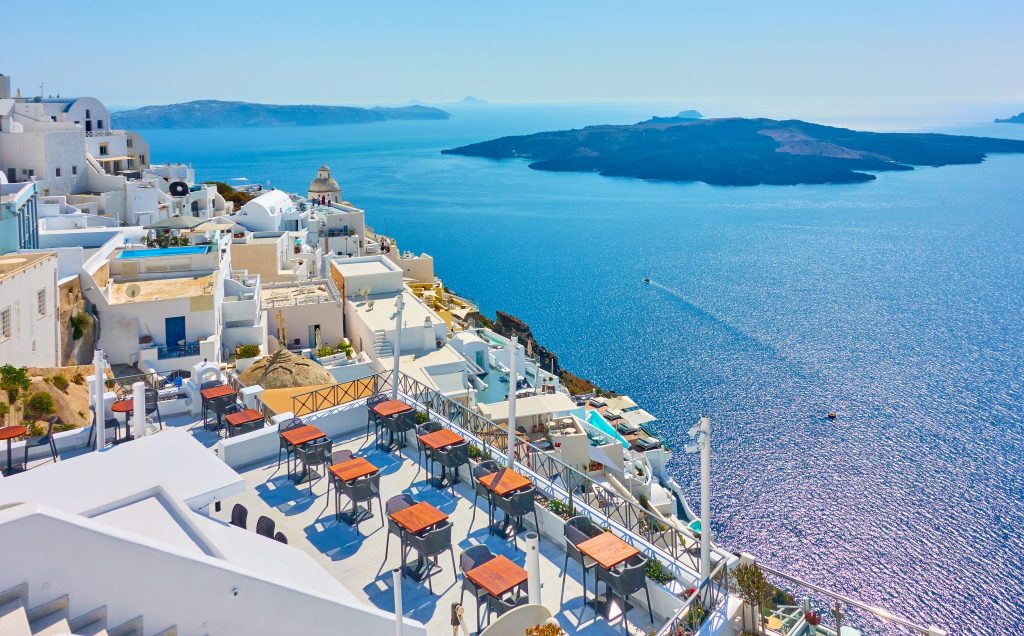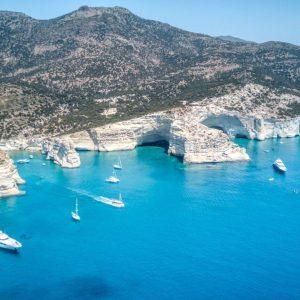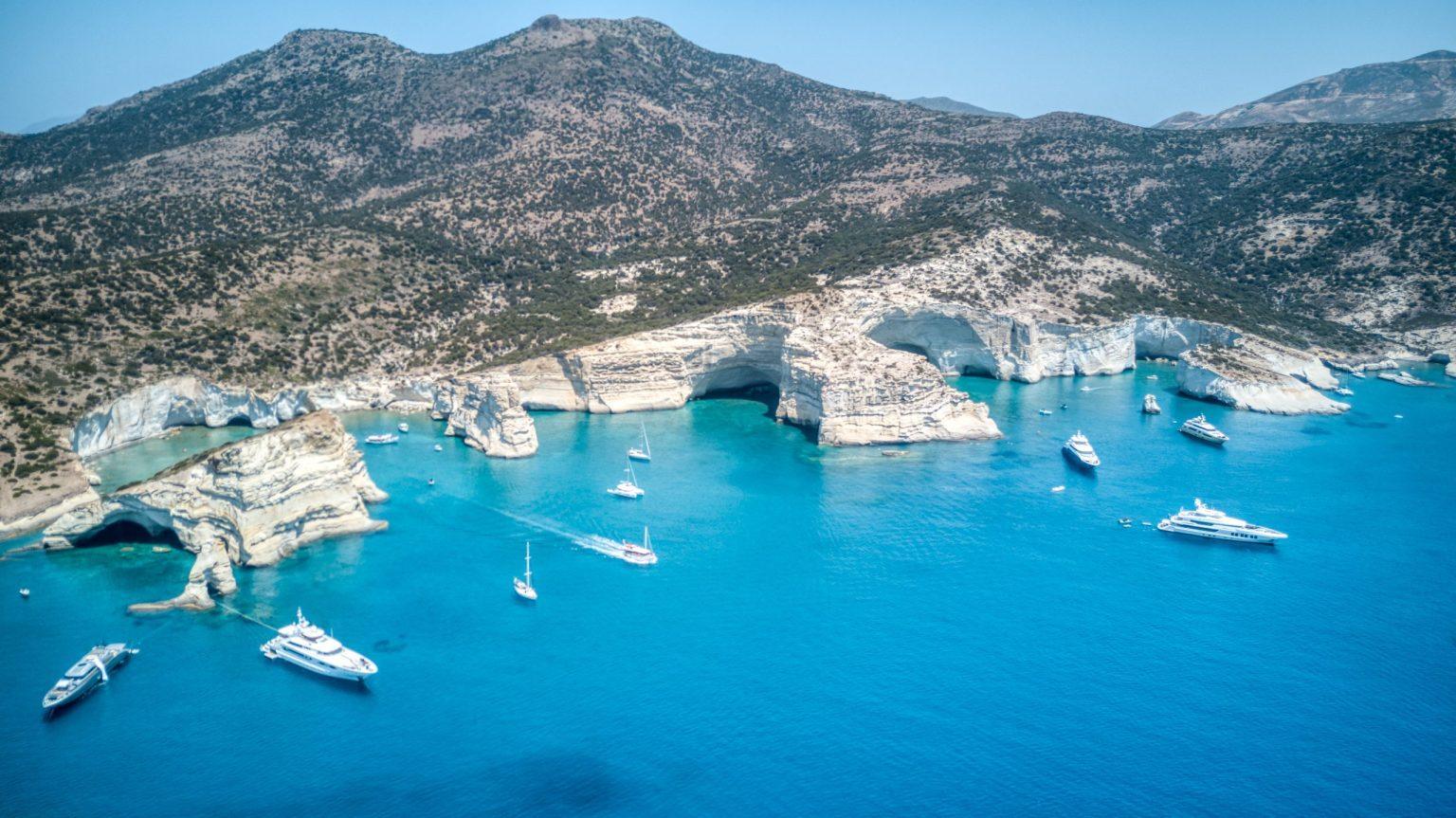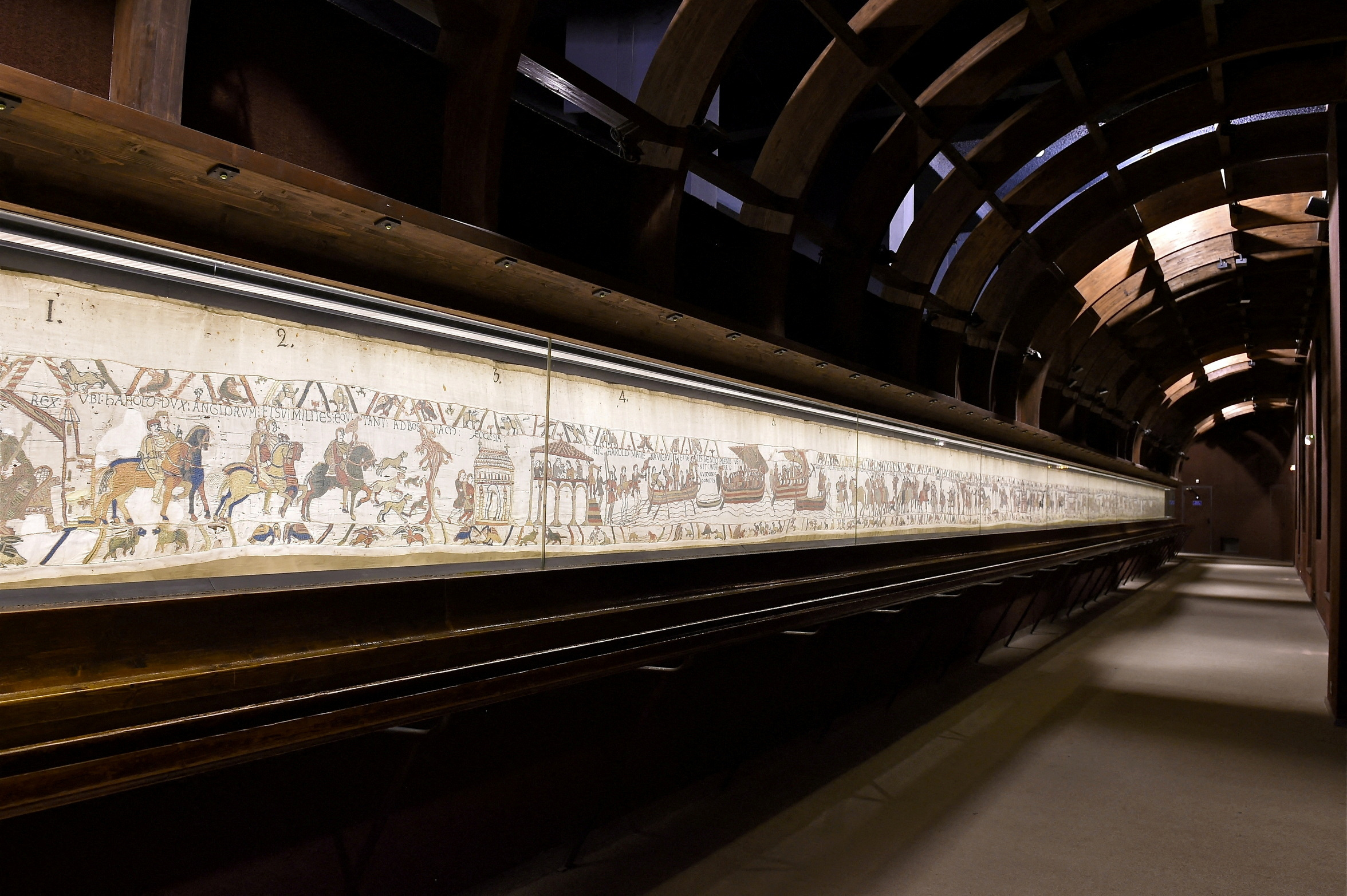“Santorini can’t take any more. We don’t need any more hotels,” the mayor of Greece’s busiest tourist destination, Nikos Zorzos, said for the umpteenth time. And the hoteliers on the island agree. Criticizing the approach taken in the Special Spatial Framework for Tourism, which is currently under public consultation and promotes large-scale tourist facilities on off-plan sites, they are calling for the construction of tourist accommodation on islands in general—and large strategic investments in particular—to be suspended.
The conversation surrounding the new “tool” proposed by the government to shape the future of tourist development in Greece has been heated and contentious, with professional, academic, scientific and local bodies, organizations and ordinary citizens declaring their opposition to what they consider its outdated underlying principles, and warning that it will exacerbate already critical environmental problems. Many also consider the few references to the climate crisis and overtourism included in the proposed Special Spatial Framework and the 400-page Strategic Environmental Impact Assessment that accompanies it to be woefully inadequate. In fact, the word “overtourism” only appears three times across the two texts!
But what kind of tourism model does Greece need today? Commenting on the above, Efthymia Sarantakou, Associate Professor in the Department of Tourism Management at the University of West Attica, describes the proposed draft as inadequate and outdated, since it does not, in her opinion, address the serious problems many destinations have faced in recent years managing tourism and spatial growth, and above all because it contains no meaningful provisions for addressing the effects of climate change. As she points out to To Vima, the plan “ignores issues of water scarcity, the reduced viability of ski areas, and the coastal zone’s vulnerability to rising sea levels. It also proposes investing in new infrastructure as a solution rather than changing the tourism model.” Moreover, the spatial framework also considers areas which bear a particularly high tourism burden—like Paros, Ios or Halkidiki—to be ‘developed’ rather than in need of ‘control’ (the designation that replaces the term “saturated” used in previous spatial plans). With the exception of Santorini and Mykonos, few control areas are located in tourist-heavy destinations such as North Crete, Corfu, Rhodes, Zakynthos or Kos. This means that the growth of the tourism sector is encouraged with no provisions made for these destinations’ vulnerability to climate change; even saturated (control) areas will continue to allow new 4- and 5-star hotels to be built.
In particular, as Betty Hatzinikolaou, a tourism expert with 35 years of service at the Greek National Tourism Organization (EOT) and chairwoman of the Council for the Institutional Framework of the Elliniki Etairia Society for the Environment and Cultural Heritage (ELLET), says, one of the major sticking points in the proposed framework is that it favors large investments on off-plan sites, which it calls “Organized Tourism Development Units”. “It permits them to be built anywhere, even on uninhabited islands of more than 300 acres, which are considered as potential tourist destinations for the first time, and in protected areas (note: for which no management plans are yet in place). The only concession it makes to these sensitive areas is that the building coefficient should be halved in the case of hotel or real estate investments, since they include tourist accommodation. Once again, however, the scale of the construction can be enormous, depending on the area at the investor’s disposal and the size of the island or protected area,” she notes.
For her part, Sarantakou considers it crucial that “a substantial investment is made in sustainable tourist development, without this entailing a radical departure from the sun-centered model.” For example, as she stresses, the implementation of green practices should be enforced in arid island areas, while the creation of low-impact development (LID) areas should be permitted on medium-sized islands up to a given percentage of their overall area. “As a spatial model, it is important to focus on shifting tourism development from the coast to the hinterland and also on the sea, which has become a focus of interest due to the need for marine spatial planning,” says Marilena Papageorgiou, Assistant Professor of Spatial Planning at the Aristotle University of Thessaloniki. She believes the new framework must address highly pressing issues such as tourism’s uncontrolled penetration into residential areas (especially in historic city centers), the over-development of coasts and islands, overtourism, issues relating to destinations’ resilience in the face of the effects of climate change, and issues relating to the ecological footprint of tourism development.
Short-term rentals largely ignored
Although the plan distinguishes different categories on the basis of various criteria (concentration of hotel beds, geographical form, etc.), it does not differentiate them meaningfully in terms of the type and size of investments that are permitted within them. “The plan does not take certain changes into account which have had an enormous impact on destinations—short-term rentals, for instance, which now provide as many beds as hotels in some areas—and this makes it outdated before it even comes into force,” she argues. On off-plan sites, while the proposed increase in the minimum size of building plots to 20 acres ensures a lower density of tourist facilities, it does not regulate their size. “At the moment, areas far larger than 20 acres have been sold on various islands. They can use private town planning to proceed with strategic investments and build a new village, which could actually be larger than the old one next door,” she says. In any case, as stated recently in the Hellenic Parliament by the Deputy Minister for the Environment, Nikolaos Tagaras, following his decision to freeze a mammoth tourist investment in Astypalaia, the restrictions on off-plan building will be codified in the new guidelines for urban and spatial planning, which are being drawn up and are expected to be ready in 2026.
At the same time, the framework perpetuates the model which concentrates tourism in a few coastal and island regions. The government’s proposed strategy barely even addresses moves to shift tourism to unsaturated areas with development potential and to under-developed areas. Sarantakou proposes a ban on new tourist beds in designated control areas, and the placing of restrictions on new beds in developed areas until the completion of carrying capacity studies, with the exception of the conversion of heritage buildings. She also considers it crucial to ban strategic investments in highly touristic areas and small islands, and to prioritize their promotion in areas that are undeveloped or still have room for growth, with special provisions for spa towns which have suffered a prolonged decline. Objections are also being raised to the envisaged restriction of activities incompatible with tourism, such as light industry or livestock facilities, in off-plan areas (with the exception of undeveloped areas or areas with development potential). “It is obvious that no uses other than tourism are considered essential for the life of residents and tourists, and that even potentially unobtrusive uses (e.g. food warehouses, etc.) are to be restricted in order to ensure the tourism monoculture,” Sarantakou stresses, stating that the case law of the Council of State considers livestock facilities compatible with off-plan areas.
Anestis Gourgiotis, Associate Professor of Spatial Planning at the University of Thessaly, agrees, stressing that the proposed restrictions on the opening of new facilities or uses incompatible with tourism activity “needs to be reconsidered, as it may have a negative impact on manufacturing activity.” As for the provision allowing for the development of abandoned villages of architectural interest through either the conversion of buildings into accommodation or new larger-scale investments, Sarantakou comments that “it is not clear, once again, why something bigger should be built, which would obviously alter the form of a settlement and limit its architectural interest.”
Skiing without… snow
It is also surprising that the strategy should provide blanket acceptance for all forms of specialized tourism (golf, skiing and cruises). “Greece has 28 ski resorts. Given the ongoing climate crisis, any of those situated below 1,500 meters has no hope of proving viable. Do we really need any more?” asks Hatznikolaou. According to ELLET, one positive aspect of the strategy is its inclusion of traditional rail routes as a form of tourism.
Source: tovima.com



































![Καταστήματα: Έκρηξη ενοικίων – Οι περιοχές [πίνακες]](https://www.ot.gr/wp-content/uploads/2025/12/retail.png)



